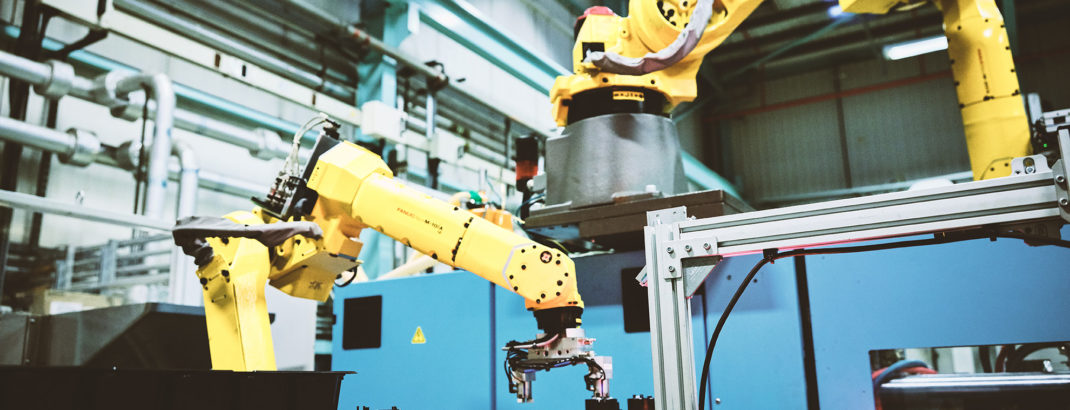Mark Dickin, AM & Moulding Engineering Manager at Ricoh 3D, explains how the two technologies can complement each other rather than compete and answers how to make the right choice between injection moulding or 3d printing.
We often get asked which manufacturing method is best, injection moulding or 3D printing?
Well, it’s a bit like asking which tool is better, a hammer or a saw. It depends entirely on the job at hand.
Let’s take things right back to basics.
We have been injection moulding on-site at Ricoh since the early 1990s. In very simple terms, injection moulding involves inserting melted material into a pre-designed mould under pressure, where it cools and hardens to create the desired part.
3D printing, meanwhile, creates an object by building up thousands of layers of material without a tool or mould.
Each method has very distinct advantages and limitations.
If you are at the prototyping stage, 3D printing (or additive manufacturing) is almost certainly going to be the best option. There are no tooling costs and it’s faster than traditional methods, meaning you can review a product, make tweaks, and go again within days.
An AM prototype can also often be printed in the end-use material, meaning it can easily be validated as a finished product.
But 3D printing isn’t just about prototyping – it can offer cost-effective and superior results when low-volume production, custom parts, or components with high geometric complexity is required. It can also be a vital part of the production and assembly line – creating custom jigs and fixtures on demand to optimise and accelerate the whole manufacturing flow.
If you are looking to up-scale, however, and move towards mass production, there will come a time when the economics favour injection moulding. What we can’t say categorically is at what number of units the scales tip from AM to IJ Every customer and project is different.
Sometimes injection moulding might be a better option for 10 units, other times 3D printing will be more cost effective for 100 units. Things like the complexity of the object and the size can make all the difference.
Furthermore, a product might cost more per unit using AM, but it still might be the best option when a reduction in manpower or quicker time to market is factored in.
The important thing is not to think of 3D printing and injection moulding as competing technologies. They can, and absolutely should, complement each other to create the perfect product and business solution.

A 3D-printed insert integrated here with an injection moulding tool, reducing turnaround from 8 weeks to 5 days
